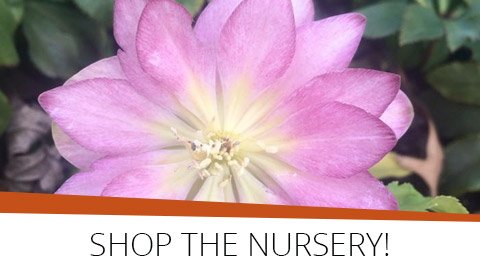There are many different kinds of trees. Shade trees are aesthetic as well as utilitarian, and grow to 25′ and taller. Almost every house benefits from having several shade trees in the front yard. Aesthetically, tree branches help break up the angled monotony of most architecture. If trees are sited correctly they can help you save on energy expenses both with summer air conditioning and winter heating. Fall color and a tree’s shape are important features to consider when planning your landscape. Most shade trees have a single trunk, while some trees such as Birches (Betula) may have more than one trunk and are commonly referred to as clumps.
Ornamental trees often flower and are generally shorter than 25′. Fall foliage color, bloom color and tree shape are all qualities to consider when designing. The bark of a tree can even be a feature to select for: Paperbark Maples have a beautiful cinnamon colored exfoliating bark, and the Whitespire Birch has smooth silvery white bark.And there are Japanese Maples… a diverse collection of trees with varied qualities. Many of these beautiful trees have leaves of a bright or deep red color, but for others, the foliage encompasses all shades of green, yellow, cream, and even pink. Branching habits include almost columnar, upright spreading, cascading, and weeping. Japanese Maples are organized into four groups. Palmatums have a leaf shaped like your hand, and most have upright branches. Dissectums have fine, deeply dissected leaves, and their branches almost always cascade or weep. Japonicums are called Full Moon Maples; they have very broad, large leaves, thick open branching, and most exhibit spectacular fall coloring. Shirasawanum or Shirasawa Maples are also known as Full Moon Maples but have smaller leaves, more upright form, and finer branching.
There is a lot of satisfaction in selecting, planting, and watching a tree grow to maturity. Planting trees is one of the most beneficial things you can do for the environment. We have YouTube videos showing how to plant correctly, and we encourage you to watch them if you have never planted a tree.




Share